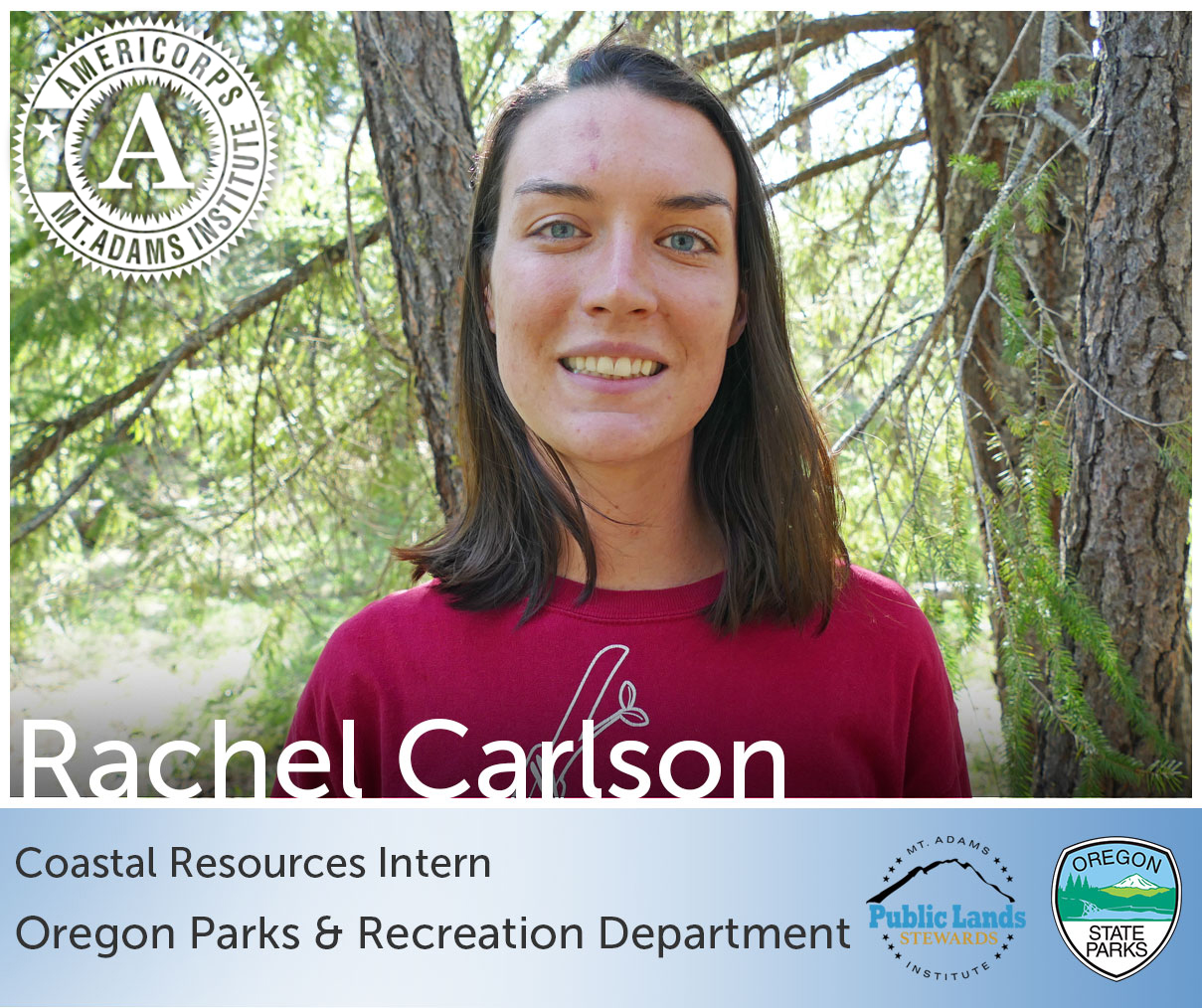
While writing this post I was able to reflect on the last four months and all the experiences therein. This season seems like it has flown by, but so many things have happened in this tiny amount of time.
I spent many happy days at the south coast native plant nursery, which was one of the best experiences of this season. It takes an army to get things going when thousands of plants are involved, so it was a boon to have a couple of interns come down to help complete several projects. One project involved plants that the nursery supplies to the Big Creek Restoration Area to preserve an endangered species, The Oregon silverspot butterfly. There are a variety of different plant species, and they fall into two categories.
The survival of the species hinges on whether or not there are early blue violets (EBV). The silverspot caterpillars will only eat the leaves of this plant, and so the presence of these violets is tantamount to whether the species will be able to sustain and grow their population or not. The EBV is a diminutive little plant that gets crowded out by more vigorous and aggressive (and often invasive) plants. The management provided by the natural resource specialist that allows the EBV to flourish at this site is incredibly important.
The other category of plants provide nectar, and shelter from the salty breeze, for the adults. This is where the progeny of many of the seeds I collect along the Oregon coast trail go, so I was able to see the journey of those seeds from beginning to end. Being able to help with preserving a species that would otherwise go extinct was incredibly fulfilling.
Working for Oregon State Parks has been a good fit, not only in that it allows me to be outside, exploring the coast, but also in that it aligns with how I think we should manage our parks, specifically preservation. I got a chance to go out and count Lilium occidentale, another endangered species, at Floras Lake State Park. The lilies are now starting to come back because other species of plants, including gorse, are being removed. Management is so important for some plant species that are adapted to ecosystems that have for the most part been lost, and would not exist without human intervention and conservancy efforts.
While my everyday is not spent working on big projects that have a specific goal in mind, I do think that every time I remove an invasive plant or plot the location of a rare species it makes a big difference. I am so grateful for the chance to work for Oregon Parks and Recreation Department and Mt. Adams Institute. This program has helped me to focus on what it is I really want to do, and the sort of impression whatever I choose to do will leave on the world.
-Rachel Carlson

